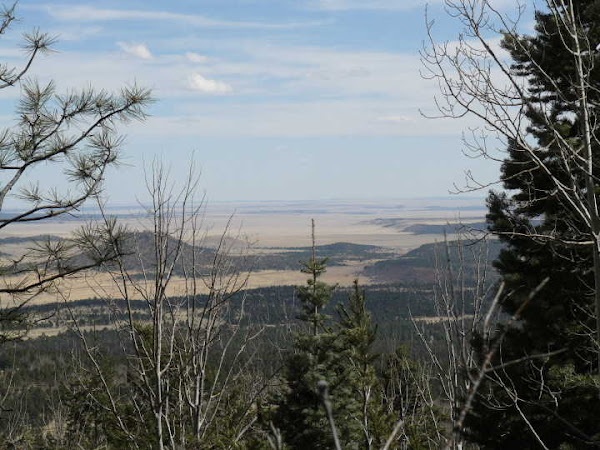The San Miguel County Commission has taken its first step toward setting a year-long moratorium on oil and gas drilling permits while it enacts new regulations.
On Tuesday, the commission voted unanimously to publish the proposed moratorium and seek public comment.
As it stands, the county has about a half page of regulations for oil and gas regulations. That’s from a land-use ordinance in 1986 that’s about an inch thick.
County officials say they want a more detailed ordinance specific to oil and gas drilling. This is after oil and gas companies have taken steps toward drilling in Santa Fe and Mora counties.
No requests for permits for oil and gas drilling are pending before San Miguel County.
County Attorney Jesus Lopez said the current ordinance “very summarily and very scantily” addresses the issue of oil and gas permits, including the effects on water availability, the terrain and the environment.
“You don’t have an ordinance that adequately protects the health and safety of the people,” he said. “This is an issue of great concern, as it should be.”
Lopez said the county manager will have a year to get input and expert opinions and compile studies as he works to draft an ordinance. But he said it may well take longer than that.
Commission Chairman David Salazar said he understood that State Land Commissioner Patrick Lyons has already leased out lands around the county for oil and gas drilling. He wondered if state lands fall under the county government’s jurisdiction.
Lopez said the moratorium would apply.
“Any authority given to the State Land Office is still subject to local regulatory authority,” the attorney said.
The commission is slated to vote on the moratorium Jan. 12.
































